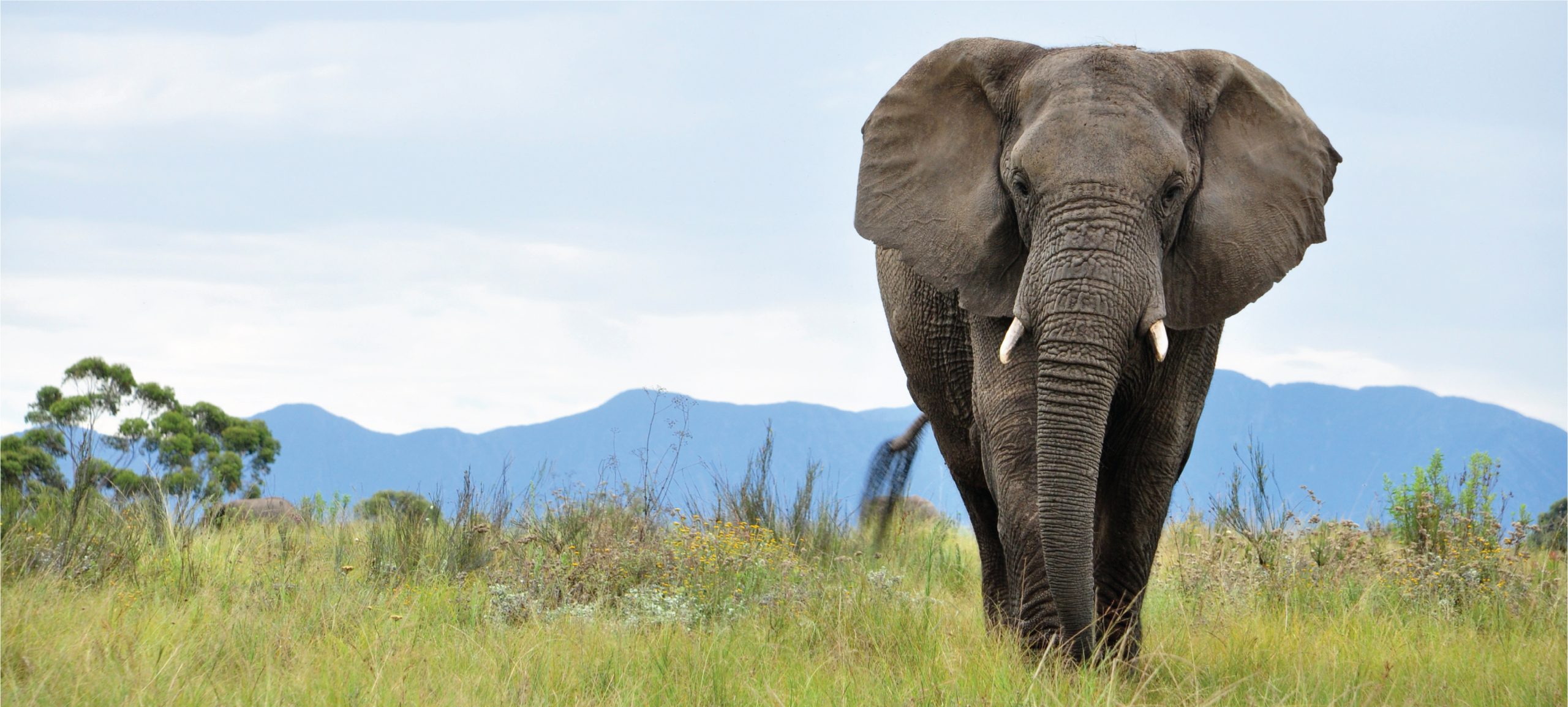-

Western Quoll
Discover the remarkable Western Quoll, also known as the Chuditch, a medium-sized marsupial native to Western Australia. With its distinctive spotted coat and vital role as a nocturnal predator, this near-threatened species faces significant threats from habitat loss and invasive species, making conservation efforts essential for its survival. Explore the intricate details of its physical…
-

Northern Quoll
Discover the Northern Quoll (Dasyurus hallucatus), a fascinating small carnivorous marsupial native to Australia, known for its distinctive spotted fur and vital ecological role. Despite their charm, these endangered creatures face significant threats from habitat loss and invasive species, highlighting the urgent need for conservation efforts to protect their future. Learn about their unique behaviors,…
-

Spotted-tailed Quoll
Discover the Spotted-tailed Quoll, Australia’s largest quoll species, renowned for its striking spotted coat and critical role as a top predator in the ecosystem. Facing threats from habitat destruction and invasive species, this elusive marsupial showcases remarkable adaptations, including keen nocturnal senses and impressive climbing abilities. Join the conversation on conservation efforts to protect this…
-

Spinifex Mulgara
Explore the intriguing world of the Spinifex Mulgara (Dasycercus blythi), a small nocturnal marsupial uniquely adapted to thrive in Australia’s arid deserts. Discover its physical characteristics, solitary behaviors, vital ecological role as a predator, and the conservation challenges it faces in a rapidly changing environment. This comprehensive guide offers insight into the resilience and importance…
-

Crest-tailed Mulgara
Discover the captivating world of the crest-tailed mulgara (Dasycercus cristicauda), a small, nocturnal marsupial thriving in Australia’s arid deserts. With its distinctive crested tail serving as a fat storage organ, this remarkable predator plays a vital role in the ecosystem while facing challenges from habitat loss and introduced species. Learn about its unique adaptations, behaviors,…
-

Ampurta
Discover the Ampurta (Dasycercus blythi), a remarkable carnivorous marsupial native to Australia’s arid regions. Known for its distinctive brush-like tail and adaptability, this nocturnal predator plays a vital role in controlling insect populations and maintaining ecological balance. With its unique behaviors and conservation challenges, the Ampurta exemplifies the resilience of wildlife in extreme environments.
-

Little Mulgara
Discover the fascinating Little Mulgara (Dasycercus blythi), a nocturnal marsupial uniquely adapted to Australia’s arid landscapes. With its burrowing habits, carnivorous diet, and impressive ability to conserve water, this small creature plays a crucial role in its ecosystem, while facing threats from habitat loss and climate change. Learn more about its remarkable adaptations and the…
-

Northern Mulgara
Discover the Northern Mulgara, a remarkable nocturnal marsupial thriving in Australia’s arid landscapes. With its distinct sandy-brown fur, specialized fat-storing tail, and unique hunting behaviors, this resilient creature plays a vital role in maintaining ecological balance while showcasing nature’s adaptability. Learn about its fascinating lifestyle, the challenges it faces, and the importance of conservation efforts…
-

Northwestern Marsupial Mole
Discover the intriguing world of the Northwestern Marsupial Mole (Notoryctes caurinus), a small, elusive mammal uniquely adapted to life underground in the arid landscapes of northwestern Australia. With its remarkable burrowing capabilities, distinct physical features, and vital ecological role, this creature offers a fascinating glimpse into nature’s ability to thrive in extreme conditions. However, habitat…
-

Central Desert Marsupial Mole
Discover the elusive Central Desert Marsupial Mole, or “Itjaritjari,” a remarkable marsupial native to Australia’s arid regions. With its unique adaptations for a subterranean lifestyle, including a streamlined body, spade-like claws, and vestigial eyes, this endangered species plays a vital role in desert ecosystems. Learn how this fascinating creature illustrates the extraordinary adaptability of life…
Search
Popular Posts
-
Hemidactylus tamhiniensis
Discover the Hemidactylus tamhiniensis, also known as the Tamhini gecko, a nocturnal reptile native to the rich ecosystems of the Tamhini Ghats in India. Measuring 7 to 10 cm, this insectivorous gecko features a slender body with rough, mottled skin for excellent camouflage, playing a vital role in controlling pest populations within its habitat.
-
Hemidactylus sushilduttai
Discover the unique Hemidactylus sushilduttai, a vulnerable gecko native to the lush rainforests of India’s Western Ghats, known for its robust body, large bulging eyes, and exceptional climbing abilities. This nocturnal insectivore plays a crucial role in controlling insect populations and maintaining ecological balance within its habitat.
-
Hemidactylus stejnegeri
Hemidactylus stejnegeri, or Stejneger’s House Gecko, is a nocturnal insectivore found in tropical and urban habitats across Southeast Asia, known for its striking large eyes, adhesive toe pads, and remarkable climbing ability. Typically measuring 10 to 15 cm, this adaptable species plays a key role in controlling insect populations while displaying unique social behaviors and…
Categories
Tags
animal adaptations (816) animal behavior (4836) animal reproduction (812) behavior (919) biodiversity (7295) conservation (1670) conservation efforts (1588) conservation status (5149) diet (2099) echolocation (822) ecological balance (1736) ecological role (1582) ecology (794) ecosystem (1468) ecosystem role (2747) ecosystem roles (720) endangered species (2450) environmental conservation (745) habitat (3258) habitat conservation (990) Habitat Destruction (1164) habitat loss (3132) insectivorous reptiles (783) IUCN Red List (1623) lizard reproduction (742) nocturnal animals (2722) nocturnal behavior (2394) nocturnal reptiles (819) physical characteristics (2009) reproduction (2869) reptile behavior (742) reptile conservation (1082) reptile reproduction (768) rodent species (1325) seed dispersal (2089) Seed Disperser (963) small mammals (1166) snake diet (804) snake reproduction (860) South America (794) tropical forests (942) Vulnerable Species (4616) wildlife (2508) wildlife conservation (4874) wildlife protection (907)




